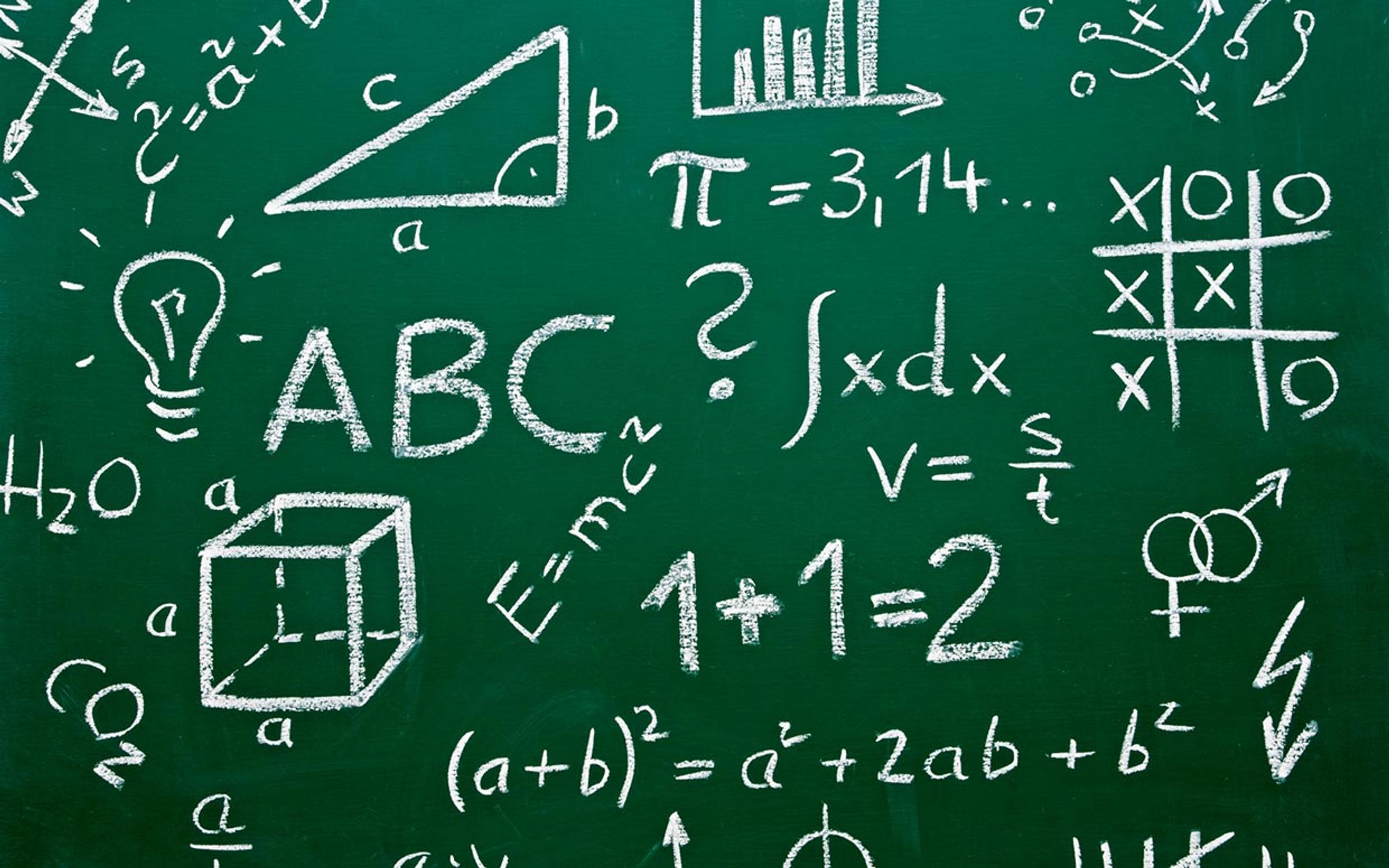Numeracy

Helping your child measure length and area
At a glance
- Kids learn about length and area through trial and error playing with things such as blocks.
- Kids need to be encouraged to explore and manipulate objects and talk about the things they are discovering.
- Kids initially develop an understanding of measurement through comparing objects.
- Before using a ruler, kids can learn to measure the length of a table (for example) using pegs, spoons, books or hand spans.
Learning how to measure can be great fun for young kids when it's combined with rolling playdough or wrapping presents.
Children learn when they play. They can learn about length and area through trial and error playing with things such as blocks, ribbon, modelling clay and toys.
As they play, children begin to take notice of the size and shape of objects; how things fit together, how they can be stacked, and the length and width of objects. Kids need to be encouraged to explore and manipulate objects and talk about the things they are discovering.
How children learn to measure length and area
Kids develop an understanding of measurement through comparing objects. They may hold up two blocks and say one is longer or shorter than the other. Soon after, they begin to compare more than two objects. Kids need to play and experiment with a variety of materials and objects to measure things with before they can move to using formal units such as metres or centimetres. Before using a ruler, they need to measure the length of a table (for example) using pegs, spoons, books or hand spans.
What parents can do to help their kids learn to measure
- Use modelling dough to roll out two ‘snakes' of different lengths. Talk about one snake being ‘shorter' and the other ‘longer'.
- Roll two snakes that are the same length from modelling dough. Turn one into a zig-zag or curved snake. Ask your child, ‘Which snake is longer?'
- Trace around your child's hand or foot onto a piece of card and cut it out. Use this to measure the length of things such as a table or their bed. Before you measure, encourage your child to guess how many ‘hands' long the bed is.
- Roll a toy car down a ramp and measure how many car lengths it travelled.
- Walk around objects and talk about how many steps it takes.
- Record your child's growth on a height chart.
- Compare the height of family members and talk about who is ‘taller' and ‘shorter'.
- Use a stick to measure distances between seedlings when planting.
- Measure the area of a patio or tabletop using sheets of newspaper. Count how many sheets of paper were needed to completely cover the area.
- Draw squiggle patterns or make squiggle patterns from string glued onto paper. Colour inside the ‘closed' areas.
- Spread out a sheet of newspaper on the floor. Count how many books will fit on top of it.
- When wrapping presents, talk about the size of the paper and if the paper will be wide and long enough.
- Talk about the size of a tablecloth needed to cover a table or covering for a car.
- Look at the area coverage shown on paint tins before painting. Talk about how many tins of paint you will need.
- Collect coloured scrap paper and some empty cans or small cartons such as cereal boxes. Your child can create a colourful model by gluing paper to completely cover the carton or can.
- Show your child examples of patchwork and talk about the patterns. Encourage them to create patterns using blocks, scraps of paper or colouring on paper.
